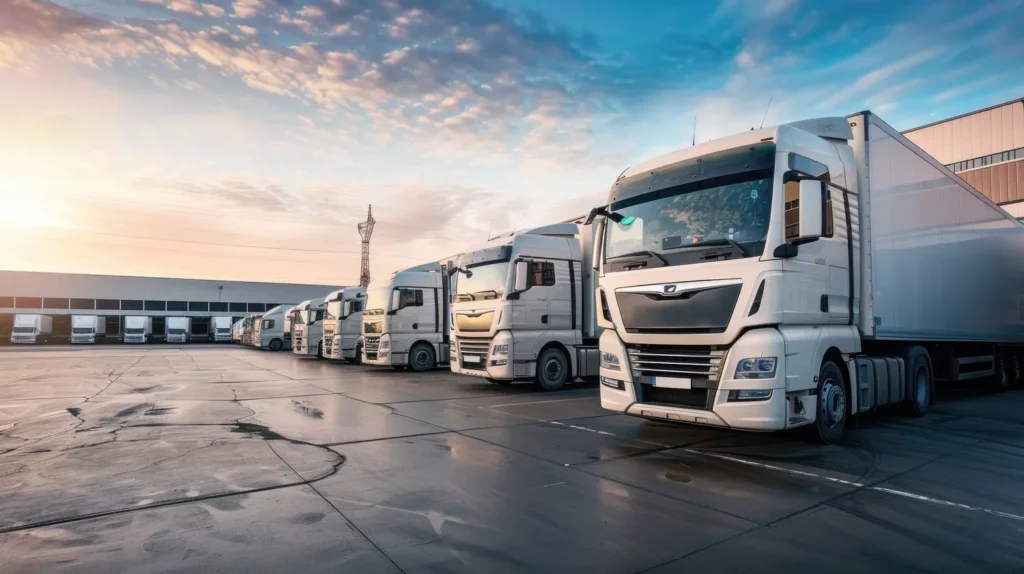In the next few weeks, Russia will implement a sealing system for containers transported between the European Union and China in transit through the Federation. This will allow for the delivery of goods covered by the Russian embargo to Asia. The system will also contribute to increasing the flow of cargo on routes to the EU and shortening delivery times.
According to Russian Railways data, the number of containers transported in transit through Russia on China-EU routes amounted to 553,000 TEU in 2018. Compared to 2017, this means an increase of 34%. This year it will be over 600,000 TEU, and by 2025 it is expected to reach 1.7 million TEU. In comparison, only 44,000 TEU were transported in 2014.
Such strong growth is the result of the economic and political changes in China. Raw materials are being transported less frequently and the number of highly capital-intensive cargoes, i.e. those for which there is the greatest demand in Europe, is increasing. Developed high-capacity land connections help China to gain a competitive advantage in transporting these valuable products. For this reason, Asian companies are seeking to expand their infrastructure and are investing in corridors and solutions that can help optimise delivery times and reduce costs.
Uniform cargo monitoring system
One of such solutions is a container sealing system. It aims to shorten the time of cross-border deliveries, make transport more transparent, increase control over the cargo transported and guarantee customs duties. The system is also intended to make transit through the Eurasian Economic Union (EAUG) more attractive, in particular through Russia, which still maintains its embargo on Western goods.
The container monitoring system is to be used in the entire transport system of the Russian Federation and the partner countries, including road transport. Electronic seals monitor the condition of the load from the moment the device is installed to the moment it is dismantled. Sensors transmit data on the condition of a container or semi-trailer to the system. They track the speed, stops, delivery time, unplanned opening and, in the case of trucks, traffic collisions and parking.
In the case of goods supplied from China, this is quite important as it involves the customs structures of China, Armenia, Kazakhstan, Russia, Belarus and the European Union. In order to harmonise the procedures, the so-called Consortium of sealing operators from the EEU countries (Eurasian Economic Union) was established, which includes operators from Kazakhstan, Armenia, Kyrgyzstan, Russia and Belarus. Each of the individual operators is responsible for:
– monitoring of transit data by means of electronic seals,
– providing carriers with the necessary amount of monitoring equipment,
– transmission of data to authorised government bodies,
– settlement of monitoring services with logistics operators and carriers.
Members of the Consortium are bound by uniform requirements for monitoring equipment, services and billing systems. The value of the service will be shared among the participants of the Consortium in proportion to the transit kilometres in each country. In Russia, the sealing system operators include Russian Railways and the Płaton toll collection system.
How does it work in practice?
The consolidation of production and subsequently of cargo will take place at the transport and logistics hub in China. The goods will be loaded into containers, then customs clearance and installation of monitoring equipment will take place. The cargo will be transported to the Chinese border, and then – without stops and checks – it will cross the borders of Kyrgyzstan, Kazakhstan, Russia, Belarus and go through Poland to a logistics hub in Germany. There, the seals will be dismantled and the cargo will be transferred to trucks, which will deliver them to the final recipient.
Such optimisation will significantly improve the quality of deliveries. Transit time has been significantly reduced in the last three years for particular sections (e.g. the goods from China can reach Moscow within 5 days, and Germany within 11 days). Freight rates have also fallen – since 2016, the cost per FEU has fallen by an average of 29%, from €3,100 to €2,200.




